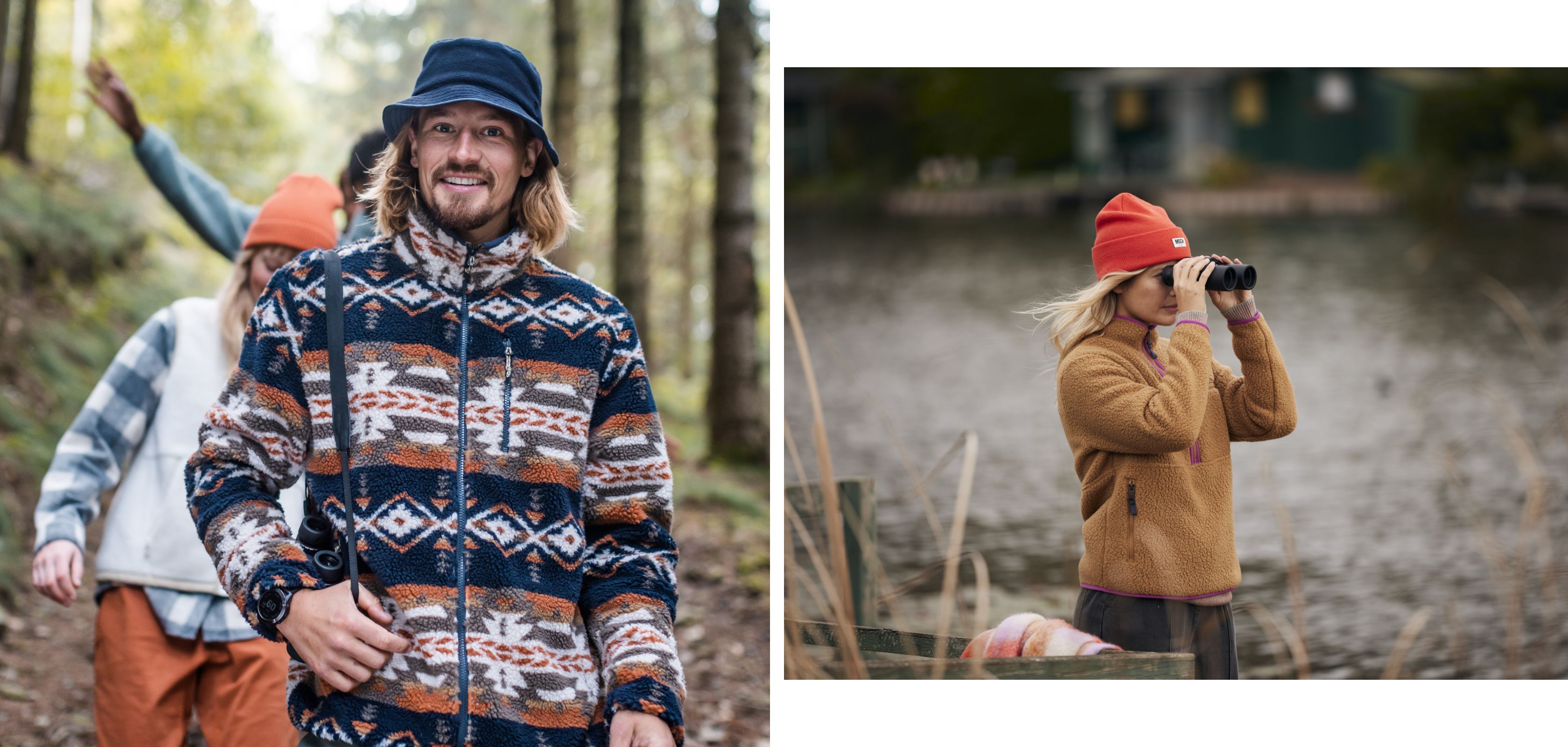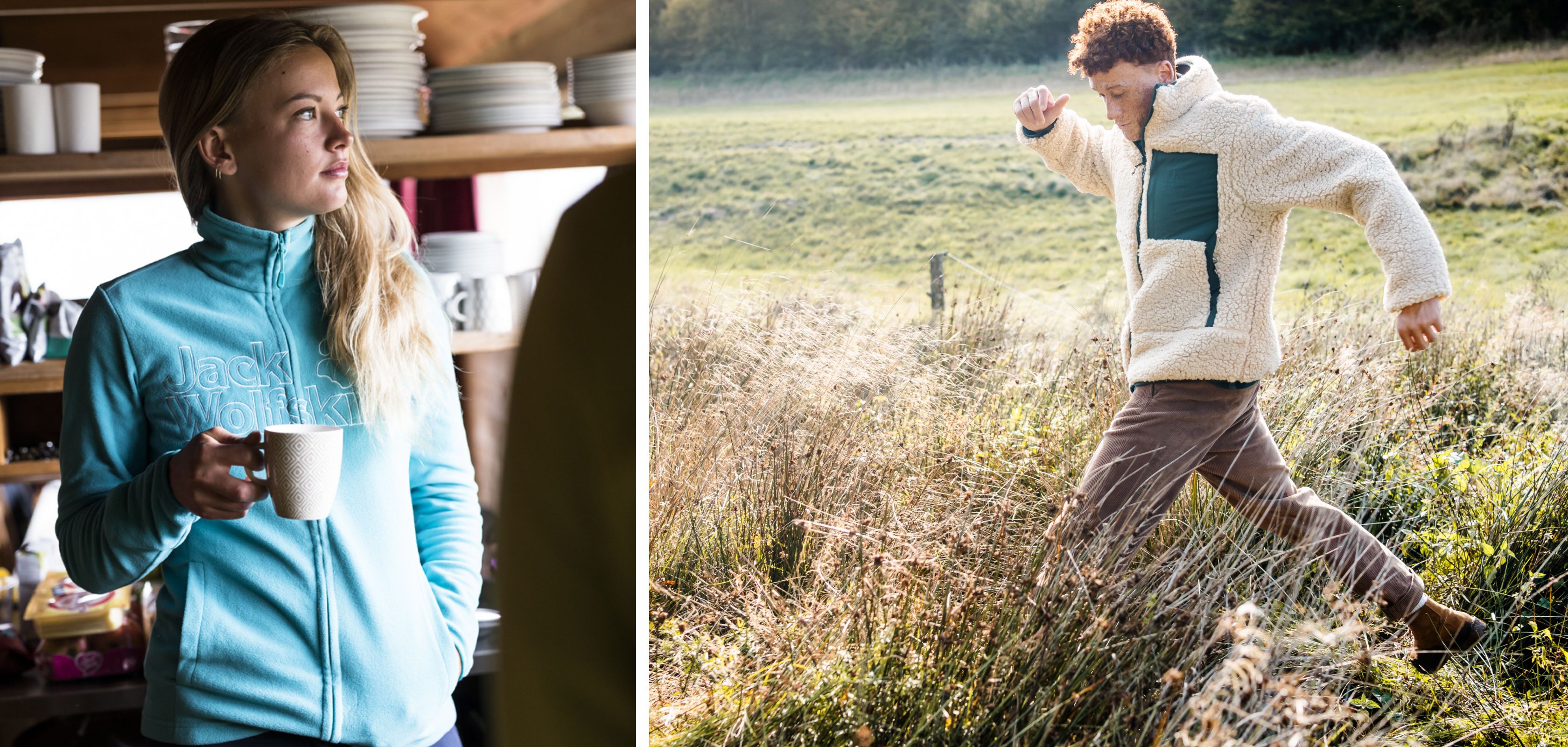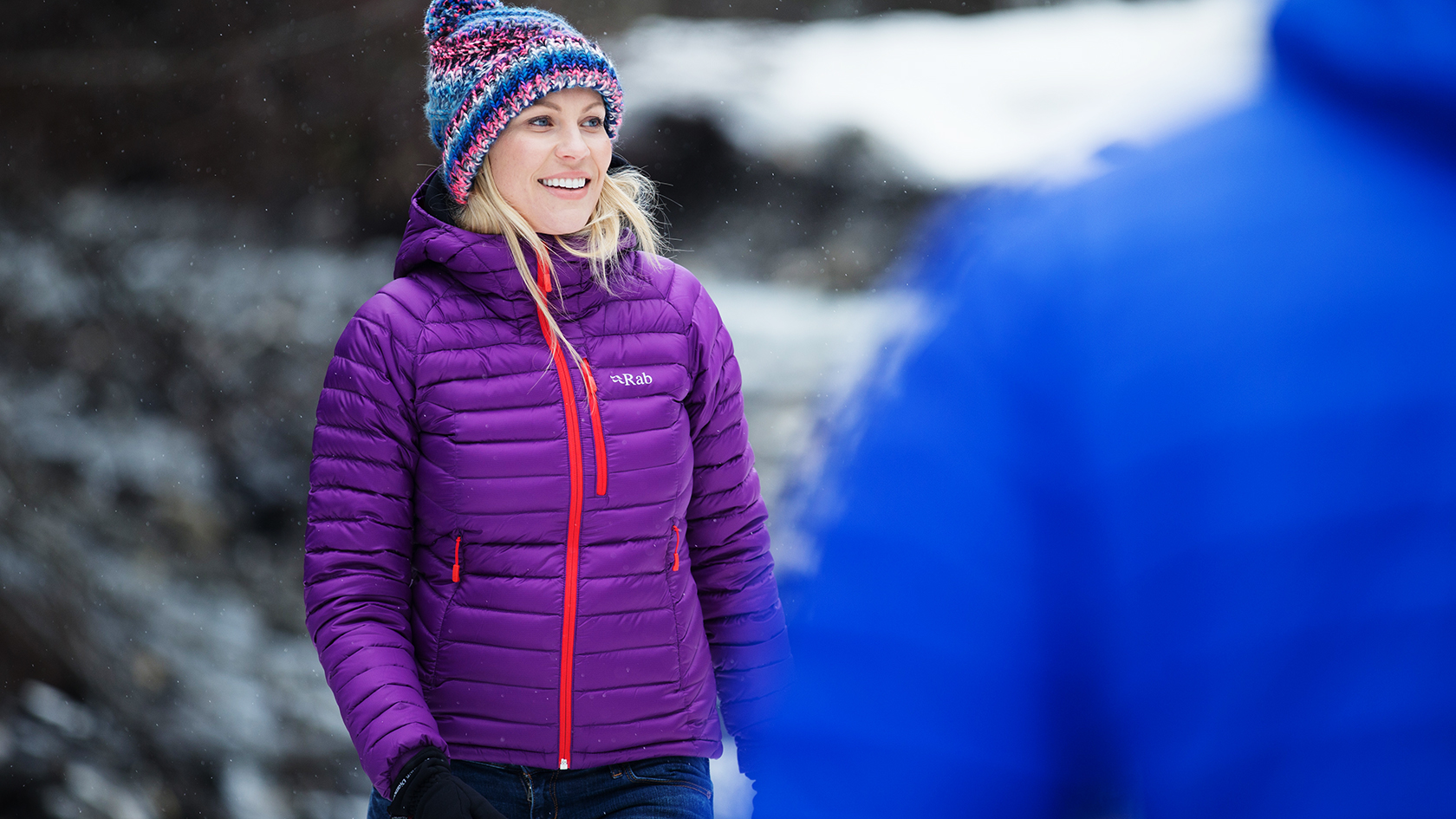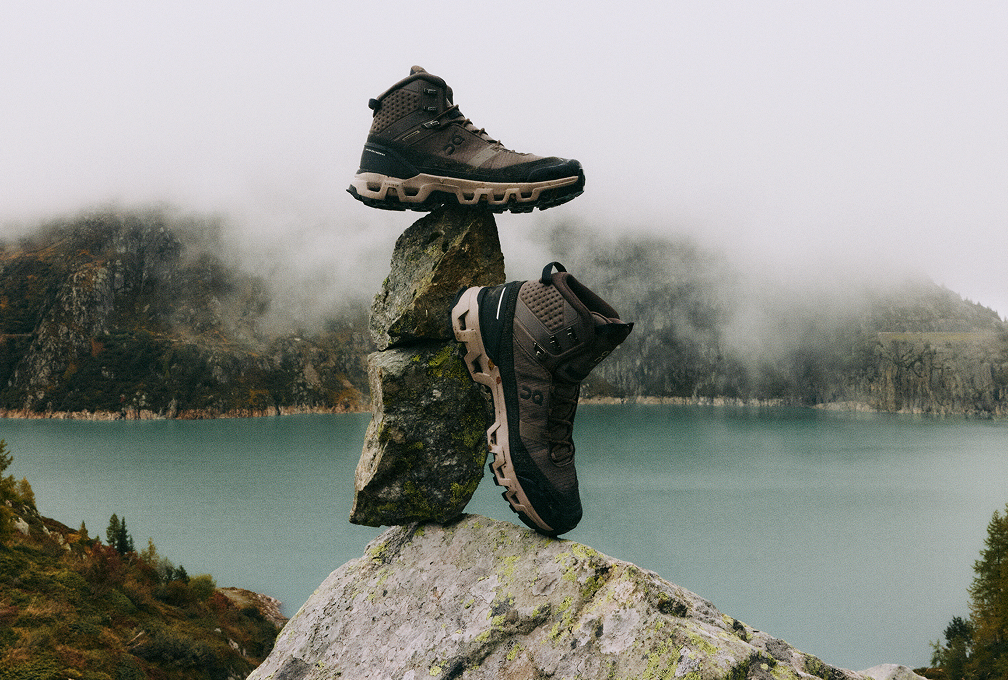There’s something magical about hiking in winter. The air feels fresher, the landscapes transform under a dusting of frost or snow, and the trails are often quieter. But let’s be honest-if you’re not prepared, winter hiking can also be downright chilly! The good news? Staying warm and comfortable is totally doable with the right approach. Whether you’re exploring the Cotswolds or heading further afield, these four essential tips will help you enjoy every winter walk.
Tip 1: Layer Up!
Think of layering like building a personal climate control system. Instead of one bulky coat, several lighter layers trap warm air and let you adjust your temperature as you move.
The three key layers:
- Base Layer → This sits next to your skin and wicks away sweat. Merino wool or synthetic fabrics are ideal.
- Mid Layer → This is your insulation. Fleece, down, or synthetic jackets work well. You can add or remove mid-layers as needed.
- Outer Layer → This protects you from wind, rain, and snow. Look for a waterproof, breathable jacket and trousers.
Pro tip → Bring an extra layer in your backpack. You’ll be glad you have it if the weather turns or you stop for a break.
Common Mistakes to Avoid
- Wearing cotton (it soaks up sweat and makes you cold)
- Not adjusting your layers as you warm up or cool down
- Forgetting to pack a spare layer for emergencies
Tip 2: Cover Your Extremities
Your body works hard to keep your core warm, so your hands, feet, and head often feel the chill first. Keeping these parts covered is crucial for comfort and safety.
What to Wear
- Hands → Go for insulated gloves or mittens. Mittens are warmer, but gloves give you more dexterity. Bring a spare pair in case your first set gets wet.
- Feet → Thick wool or synthetic socks are your best friend. Pair them with insulated, waterproof boots. Make sure your boots aren’t too tight, or you’ll cut off circulation.
- Head → A fleece or wool beanie is a must. In really cold weather, add a neck gaiter or balaclava to protect your face and neck.
Tip 3: Choose Waterproof Materials
Wet clothes can ruin a hike faster than almost anything else. Once you’re soaked, you lose body heat much quicker, which can quickly lead to hypothermia-even if it’s not freezing outside. That’s why it’s so important to wear proper waterproof gear. GORE-TEX is a great choice because it keeps rain and snow out while still letting your skin breathe, so you stay dry and comfortable no matter what the weather throws at you.
What to Wear
- Jackets → Choose waterproof, breathable materials like Gore-Tex. Make sure seams are sealed and the hood fits well.
- Trousers →
- Boots → Insulated and waterproof boots are a must. Good grip is important for icy trails.
Waterproof vs. Water-Resistant
- Waterproof → Keeps water out, even in heavy rain or snow.
- Water-resistant → Good for light drizzle, but will eventually let water in.
Tip → Reapply waterproofing treatments to your gear as needed, especially if you notice water soaking in instead of beading up.
Tip 4: Accessorise Wisely
The right accessories can turn a cold, miserable hike into a cozy adventure. Here’s what experienced winter hikers swear by:
- Scarf or Buff → Keeps your neck warm and can be pulled up to cover your face on windy days.
- Gaiters → Stop snow and mud from getting into your boots.
- Sunglasses or Goggles → Even in winter, the sun reflecting off snow can be blinding.
- Headtorch → Winter days are short. Always carry a headlamp, even for daytime hikes.
- Trekking Poles → These help with balance on icy or snowy trails.

Let us know you agree to cookies
We use marketing, analytical and functional cookies as well as similar technologies to give you the best experience. Third parties, including social media platforms, often place tracking cookies on our site to show you personalised adverts outside of our website.
We store your cookie preferences for two years and you can edit your preferences via ‘manage cookies’ or through the cookie policy at the bottom of every page. For more information, please see our cookie policy.






.jpg/_jcr_content/renditions/cq5dam.thumbnail.48.48.png)